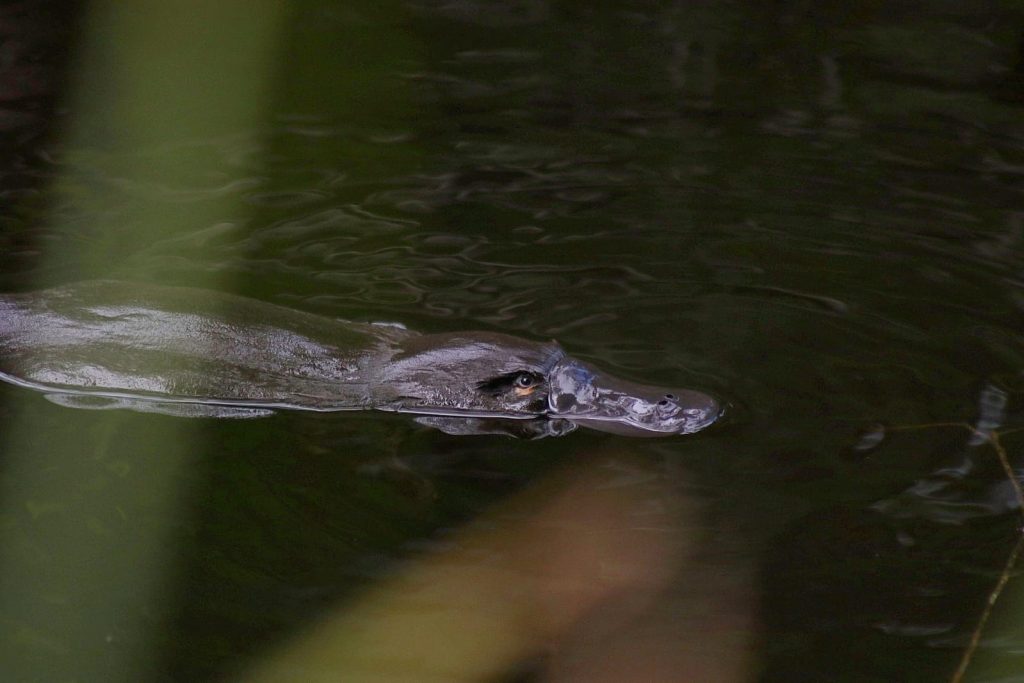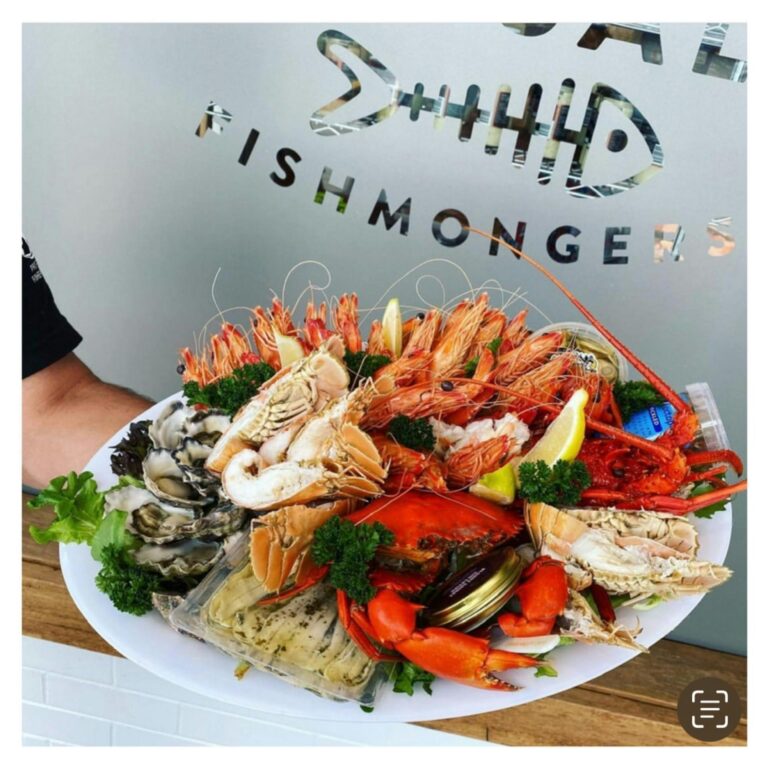Latin Name: Ornithorhynchus anatinus
Gumbaynggirr Name: muluny
The Coffs Coast is fortunate to be home to one of the most fascinating and elusive Australian animals, the duck-billed platypus. These unusual creatures have even been spotted in the upper reaches of Coffs Creek. One of the only egg laying mammals (‘monotremes’), the platypus, with a bill like a duck, webbed feet, and a flat tail is such an anomaly that when a specimen was first brought to England, scientists believed the strange creature had to be a hoax. more….
Shy by nature and mainly nocturnal, the best time to catch a glimpse of a platypus is in the early morning or late evening as they dive for food. Unlike any other mammals on the planet, Platypuses have a curious ability, referred to as electroreception, that allows them to keep their eyes and ears closed when diving under water and use with their bill to detect the electric fields of prey. Using their sensitive bill they search and dig for worms, insects, and freshwater shrimp in muddy river beds.
The platypus has pouches in its cheeks that it uses to carry prey back to the surface where it is eaten. The platypus eats about 20% of its own weight in food each day.
Another interesting, little known fact about the male duck-billed platypus is that its back foot ankle spur contains venom that is potent enough to kill small animals. The venom is not lethal to humans, but it can cause extreme pain, that sometimes lasts for weeks.
The platypus breeds in spring, laying between 1 and 3 eggs which are incubated for around 10 days.



